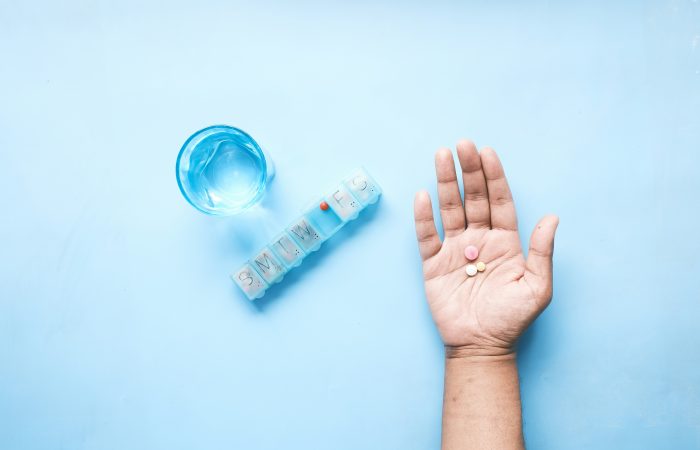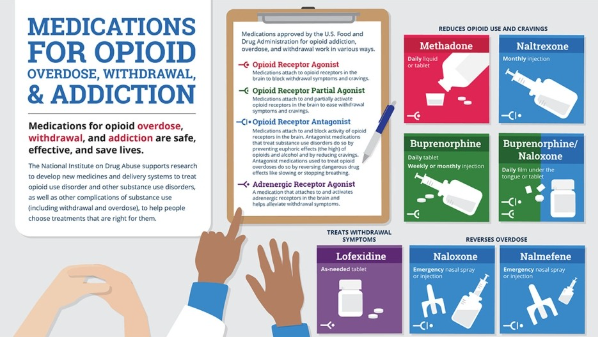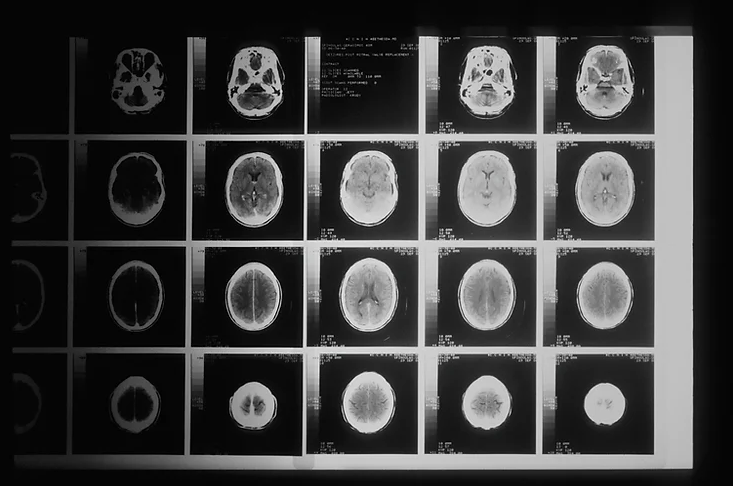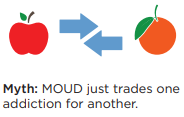Training
Supplies
Evidence
Use Cases
While oral formulations of MOUD have long been the mainstay treatment for OUD, novel injectable ‘depot’ formulations such as Vivitrol (naltrexone), Sublocade and Brixadi (buprenorphine) are now available. A depot medication is deposited in a patient’s tissue, such as fat or muscle, allowing for stable amounts of drug release for longer periods of time. These medications are advantageous because they bypass the need for daily dosing and cannot be diverted or stolen. Their limitations are a relatively high cost and the need for monthly appointments to have the medication administered by a registered nurse.
Buprenorphine works by partially activating the same brain receptors that opioids do, which helps to reduce cravings and withdrawal symptoms. This makes it easier for individuals to stop using more harmful opioids such as fentanyl. Unlike some other treatments, buprenorphine has a “ceiling effect,” meaning that after a certain dose, it doesn’t increase euphoria or respiratory depression, making it safer and less likely to be misused. Buprenorphine is often combined with naloxone, a medication that reverses opioid overdoses, to further discourage misuse. Methadone is a long-acting opioid, meaning its effects last longer in the body compared to shorter-acting opioids. This property allows patients to take it once daily, typically under supervision in a clinic, to maintain a stable level of the drug in their system.









